Meditation Cushions and Mats
Curate your perfect meditation space with our selection of comfortable and supportive organic meditation cushions, pillows, mats and products. Enhance your practice and achieve a deeper sense of relaxation and focus.
Meditation Cushions and Mats



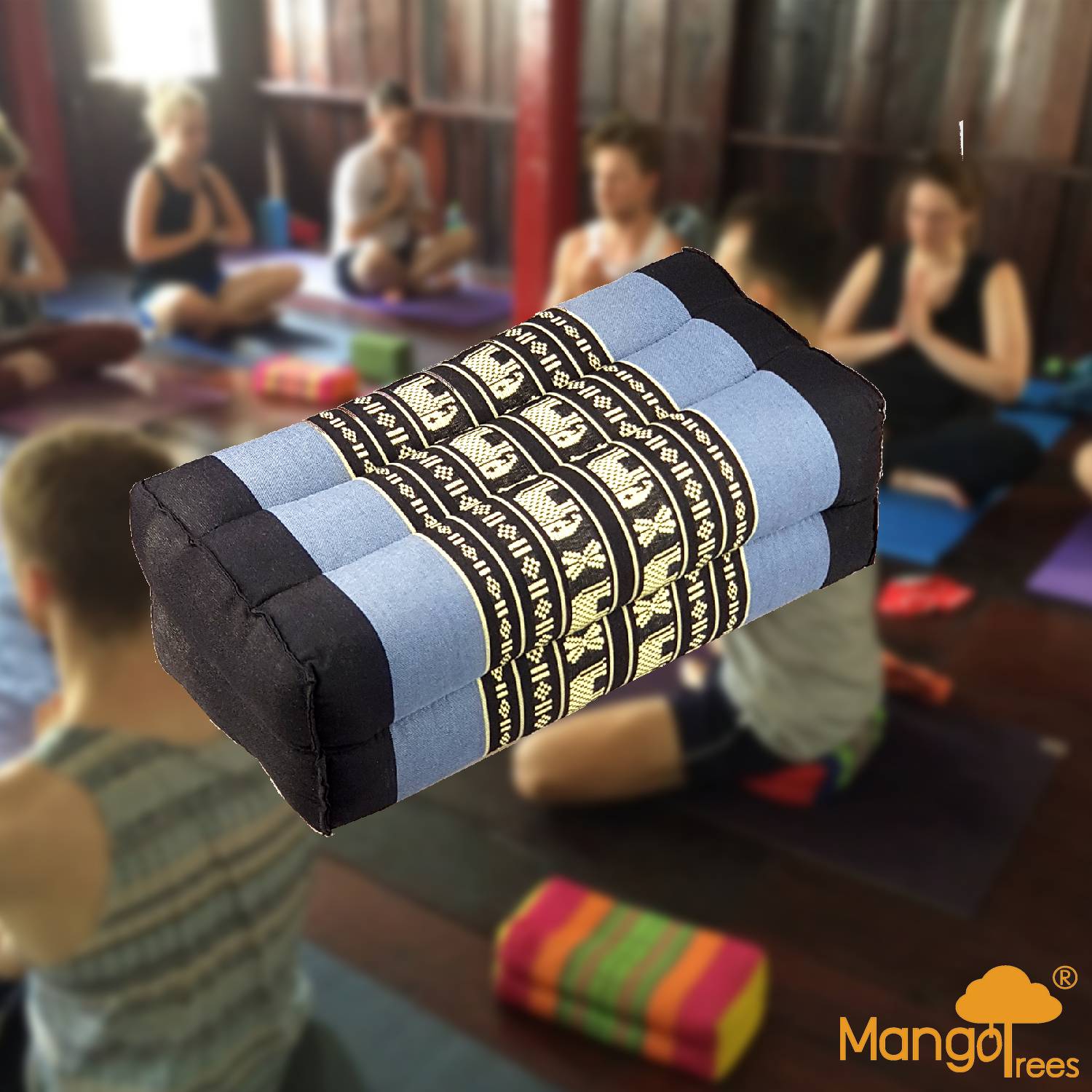
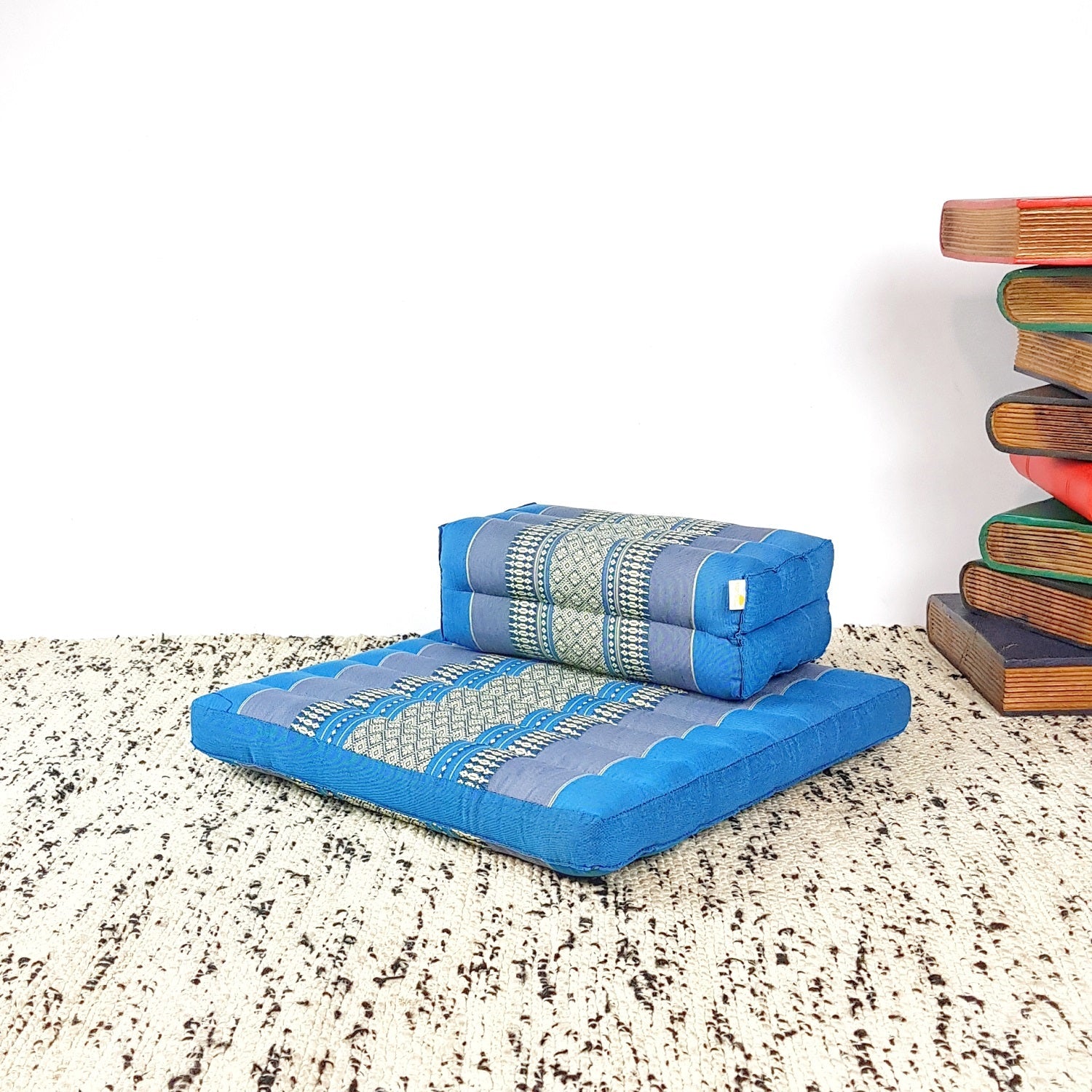
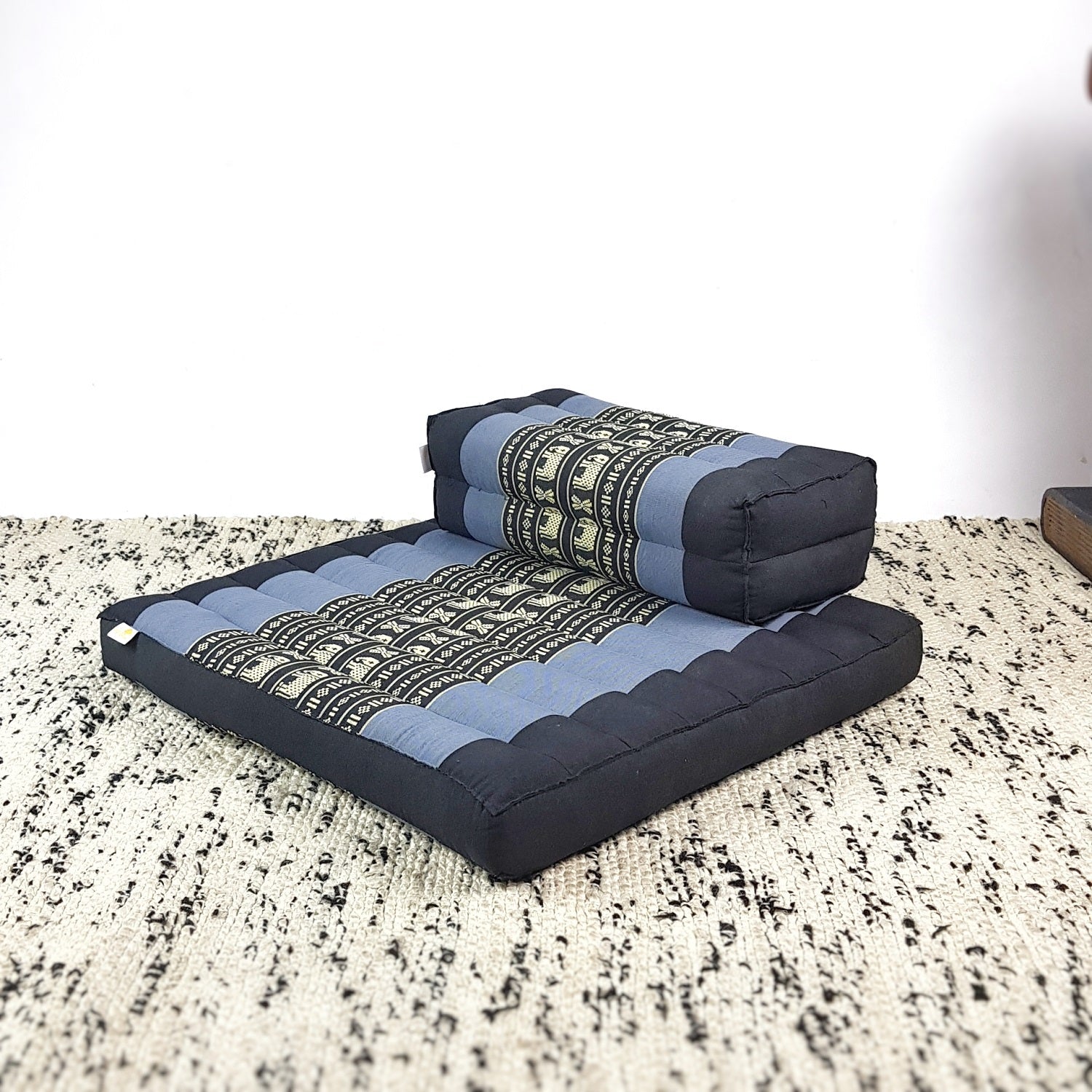
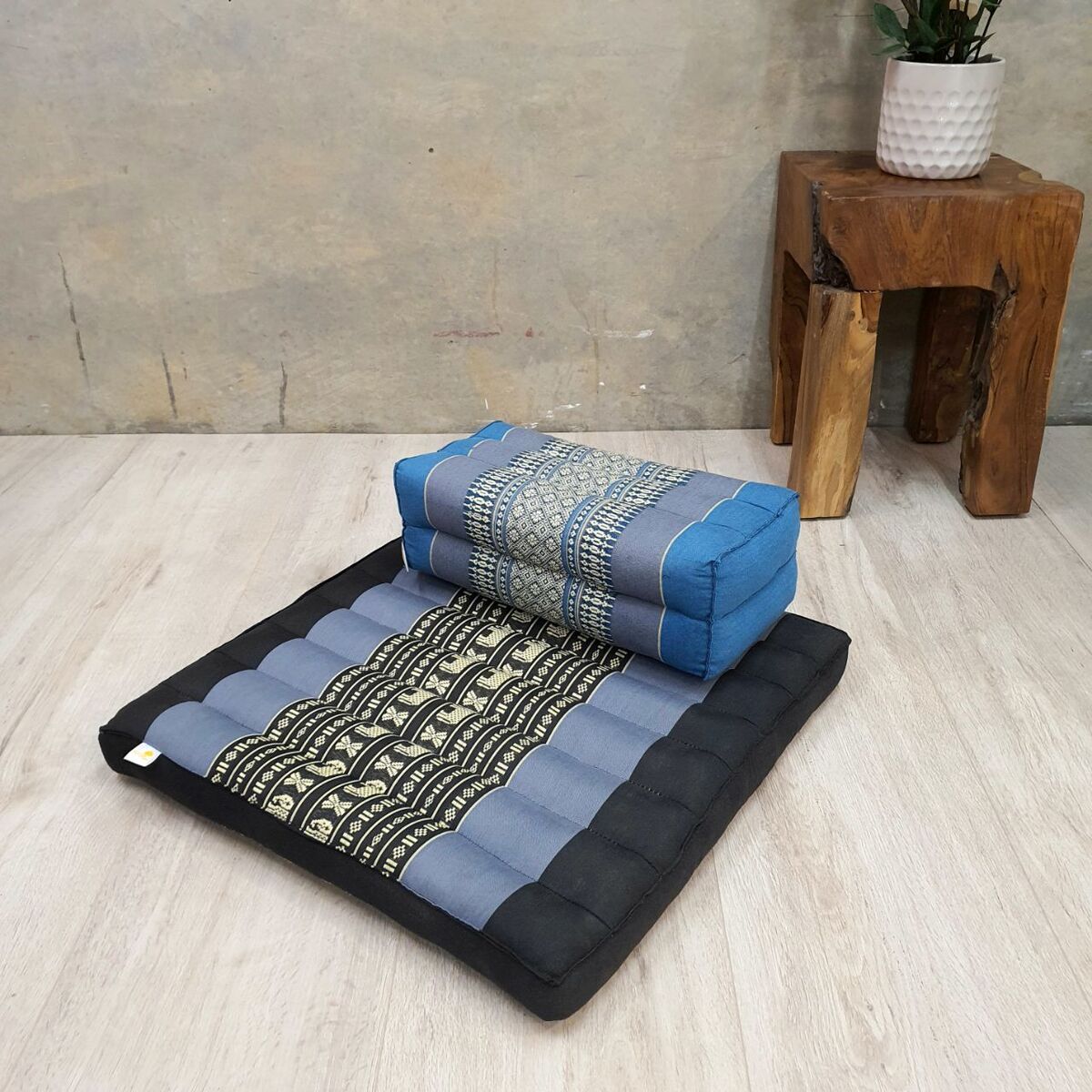
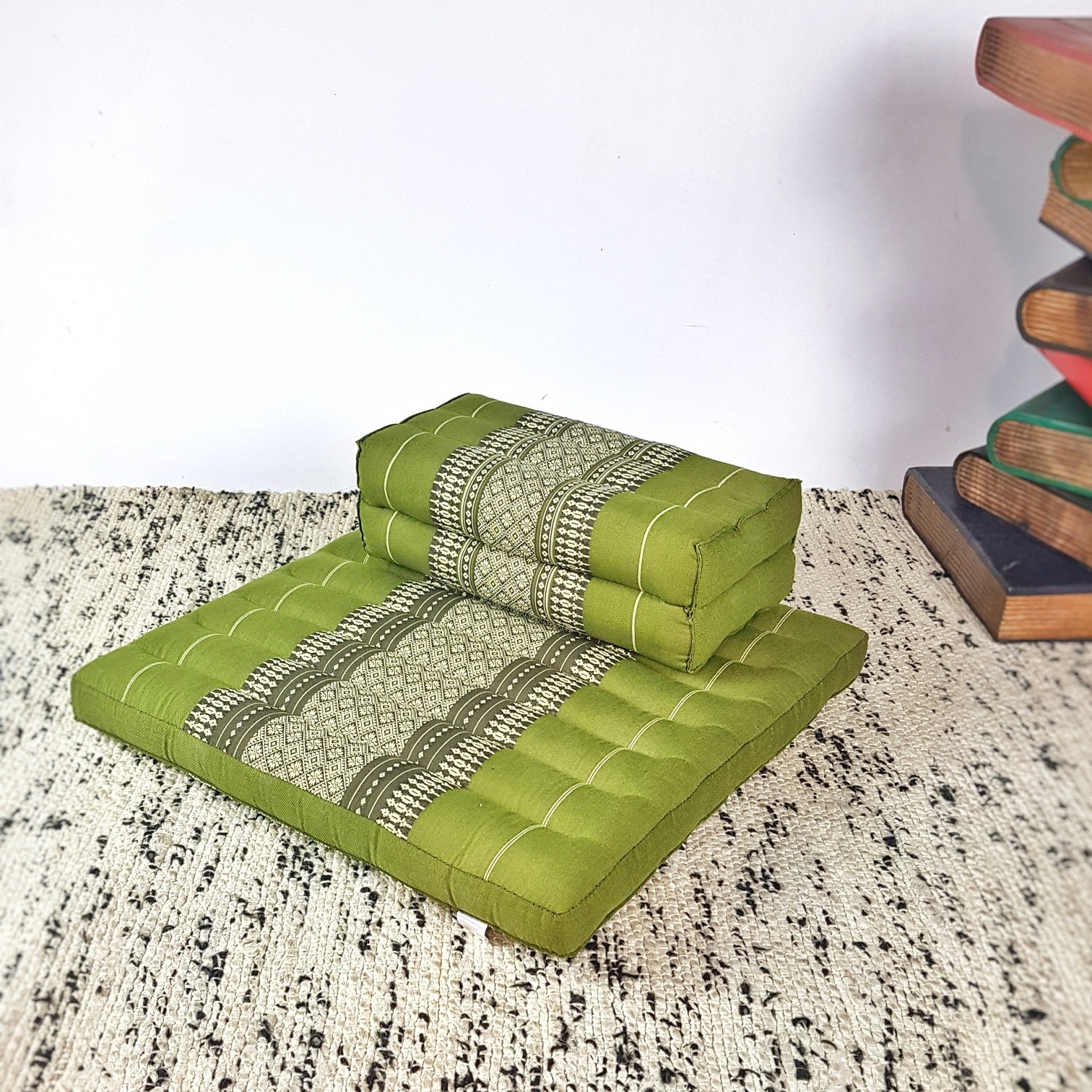
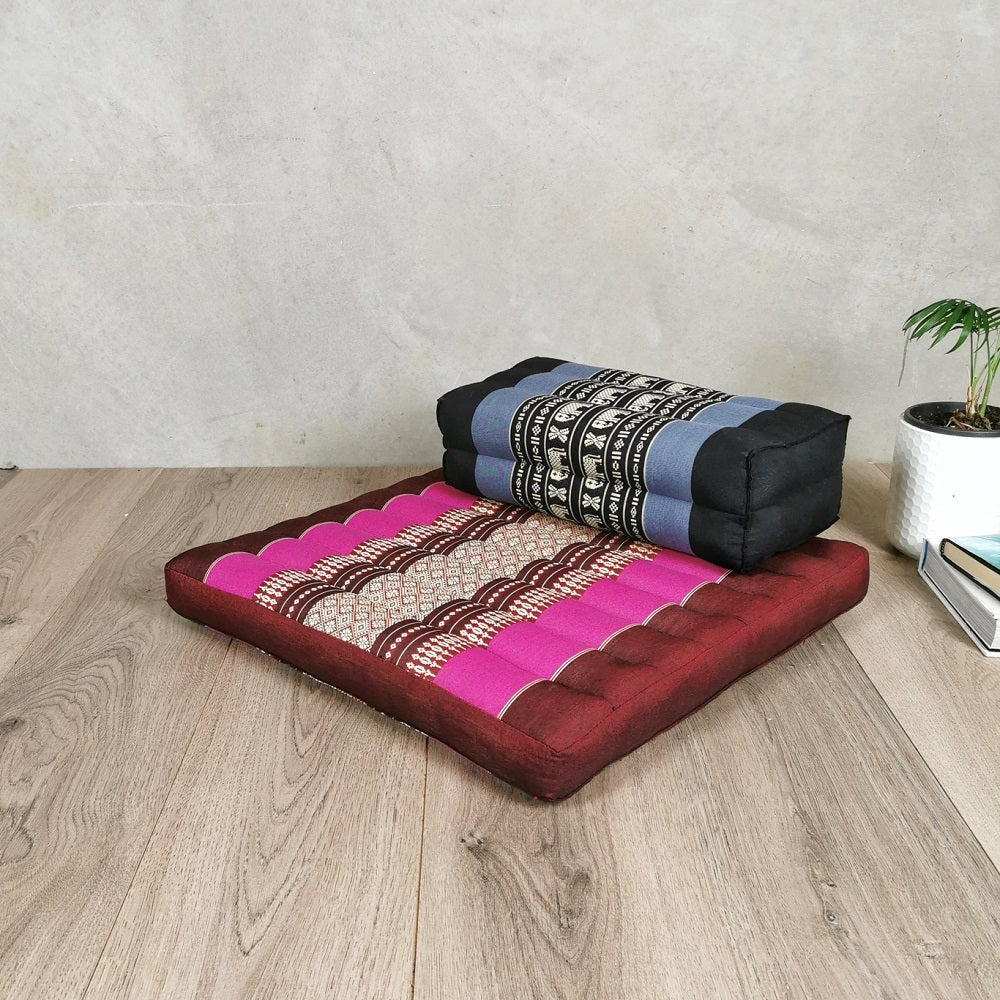
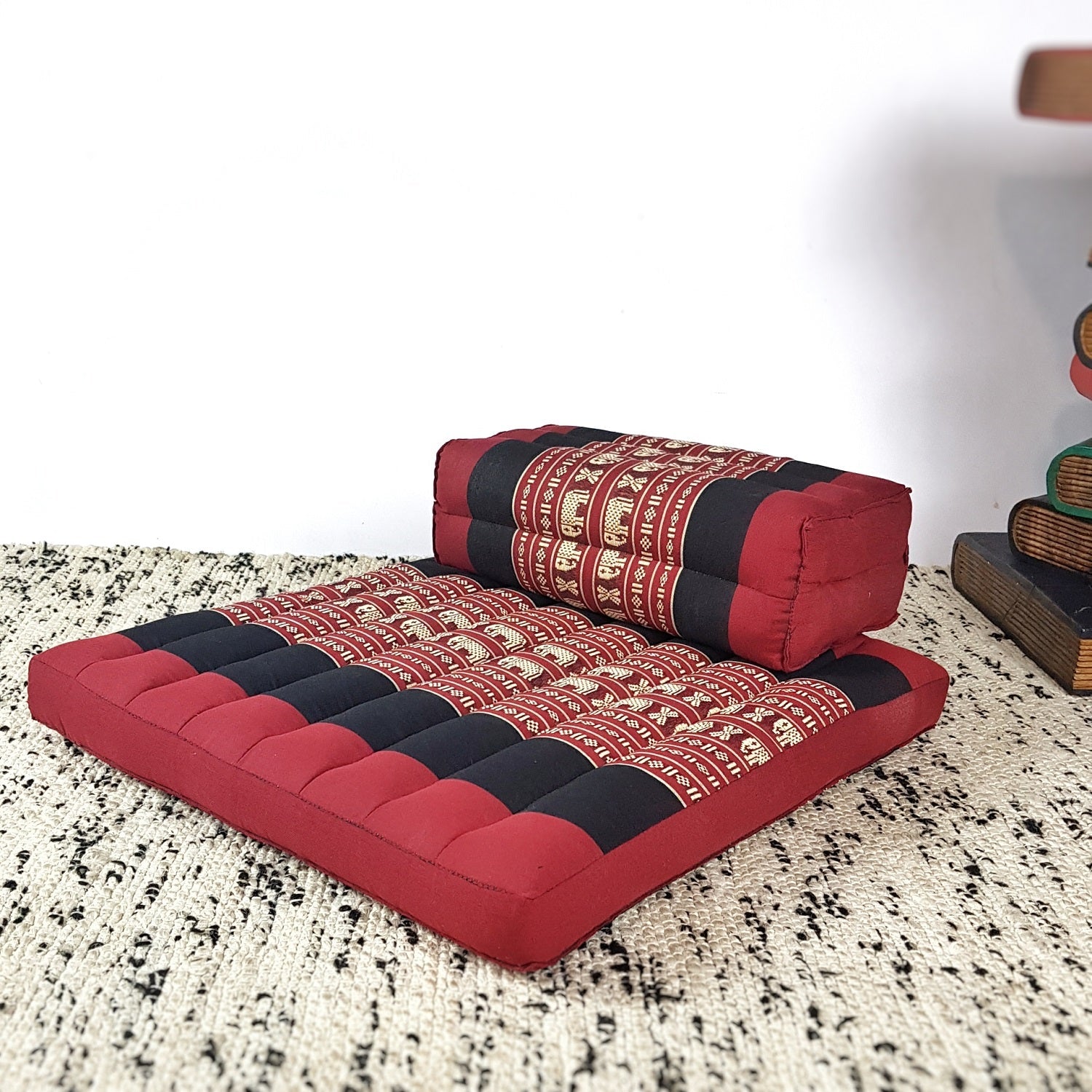

Meditation is a powerful tool for cultivating inner peace, reducing stress, and improving overall well-being. It involves training the mind to focus and direct attention, allowing you to achieve a state of mental clarity and tranquillity.
By following these steps and practicing regularly, you can begin to experience the many benefits of meditation. Remember, the goal is not to achieve a completely still mind, but to develop the ability to observe your thoughts and feelings without judgment.
With a variety of shapes, sizes, and materials available, selecting the perfect cushion can sometimes be overwhelming. To help you make an informed decision, we have put together a helpful guide on how to choose a meditation cushion here.
A meditation cushion, the round style commonly known as a zafu, provides essential support and comfort during seated meditation. Read all the benefits on why you should use a meditation cushion.
Meditation is a powerful tool for improving mental, emotional, and physical well-being. The scientific evidence supporting its benefits is compelling, and it is a practice that is accessible to everyone. By incorporating meditation into your daily routine, you can reap the rewards of a calmer, happier, and healthier life.
Meditation is a powerful tool for improving mental and emotional well-being. It can be practiced anywhere, including the comfort of your own home. Meditation is a personal journey. There's no right or wrong way to do it. The key is to find a technique that works for you and to practice regularly. With consistent practice, you can experience the many benefits of meditation, including reduced stress, improved focus, and enhanced emotional well-being.
A sitting meditation cushion, or zafu, is a valuable tool for maintaining proper posture during meditation. Choosing the right cushion is key: select a size that comfortably supports your upper body (roughly half the height of your legs when sitting cross-legged) and consider the filling material (kapok, buckwheat hulls, and cotton are popular options, each with varying firmness). Once you have your cushion, find a quiet, distraction-free space. Sit on the cushion with your legs crossed in a comfortable position (half-lotus, full-lotus, or simple cross-legged) or use a chair if needed.
Maintaining proper posture is crucial. Keep your spine straight but not rigid, gently tuck your chin to align your neck, and relax your shoulders. Begin your meditation by focusing on your breath, practicing mindfulness by observing thoughts and sensations without judgment, or using a guided meditation. The goal is to find a comfortable position that supports good posture and focus. Experiment with different positions and cushion heights to find what works best for you. Regular practice and patience are key to reaping the full benefits of meditation.
While the precise origins of meditation are difficult to pinpoint, its earliest documented roots trace back to ancient India around 5,000 BCE within the Vedic tradition of Hinduism. Considered essential for spiritual development, meditation is referenced throughout the Vedas, a collection of sacred texts. It also played a central role in the development of Buddhism and Jainism, with the Buddha himself emphasizing its importance for achieving enlightenment. Over centuries, meditation practices spread beyond India, influencing other cultures and religions like Taoism, Sufism, and Christianity. Today, meditation is practiced globally by people of diverse backgrounds and faiths, recognized for its profound benefits on mental and emotional well-being.
Mindfulness meditation is a practice of paying attention to the present moment without judgment, focusing on thoughts, feelings, and sensations without dwelling on the past or future. This is achieved through techniques like focusing on the breath, mindful observation of thoughts and sensations, body scan meditations, or guided meditations. Regular practice offers numerous benefits, including reduced stress and anxiety, improved focus and concentration, enhanced emotional well-being, boosted creativity, improved sleep quality, and increased self-awareness. To begin, find a quiet space, get comfortable (using a meditation mat can enhance comfort), focus on your breath, and gently redirect your attention back to your breath when your mind wanders. Consistency and self-compassion are key to developing a fulfilling mindfulness meditation practice.
Meditation, an ancient practice with roots in various philosophies, offers numerous benefits for mental and emotional well-being that remain relevant today. By training the mind to focus and cultivate awareness, meditation reduces stress and anxiety by activating the parasympathetic nervous system, improves focus and concentration by enhancing present moment awareness, and enhances emotional well-being by regulating emotions and increasing emotional tolerance. It also boosts creativity by quieting the mind, improves sleep quality by promoting relaxation, increases self-awareness through introspection, and even strengthens the immune system. While various techniques exist, basic meditation involves finding a quiet space, getting comfortable (ideally not in bed, perhaps on a cushion or directly on the earth), grounding oneself through breathwork (like box breathing: 4-second inhale, 4-second hold, 6-second exhale, 2-second hold for 3-5 minutes), and gently redirecting attention back to the breath when the mind wanders. Consistent practice is key to experiencing the transformative power of meditation.
Meditation is a practice that involves training the mind to focus and direct attention, opening our bodies to become the ultimate vehicle of higher consciousness and awakening. It can involve various techniques, such as mindfulness, concentration, or transcendental meditation.
